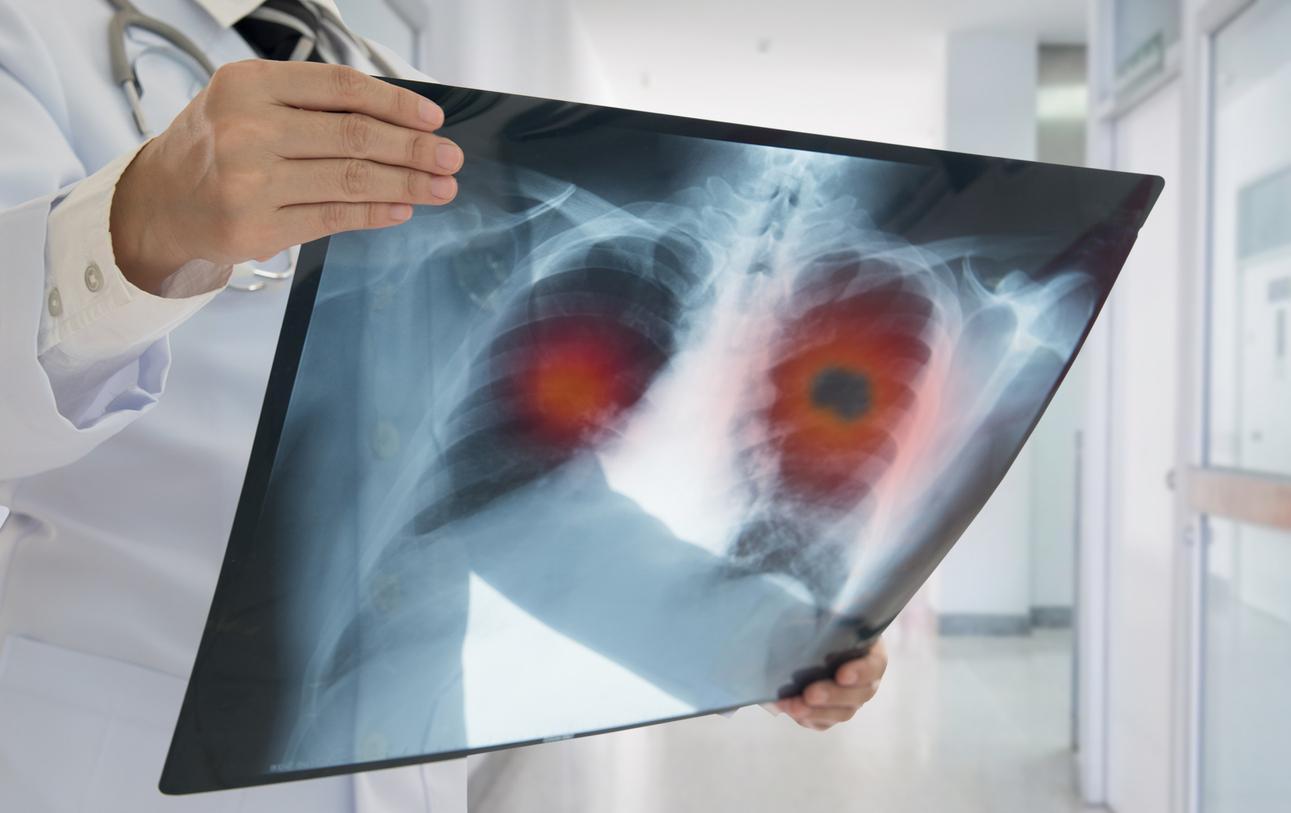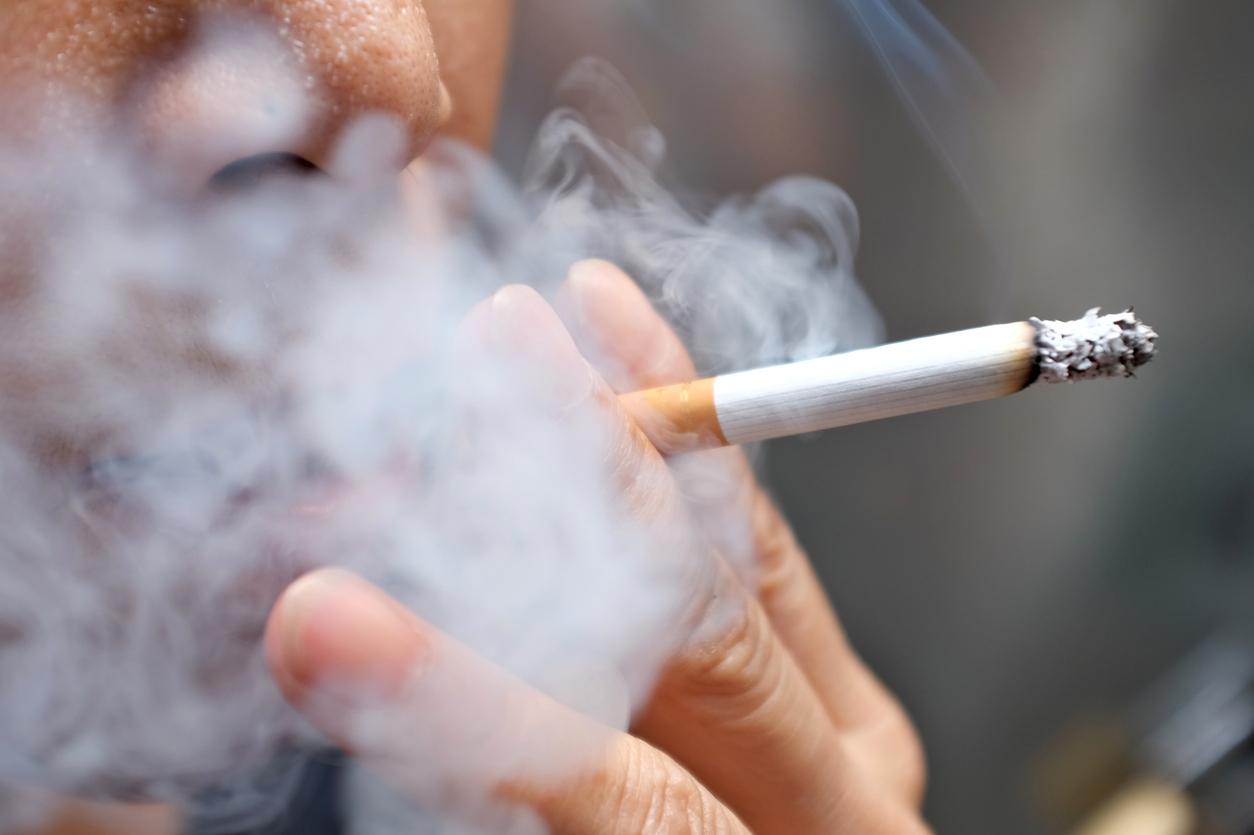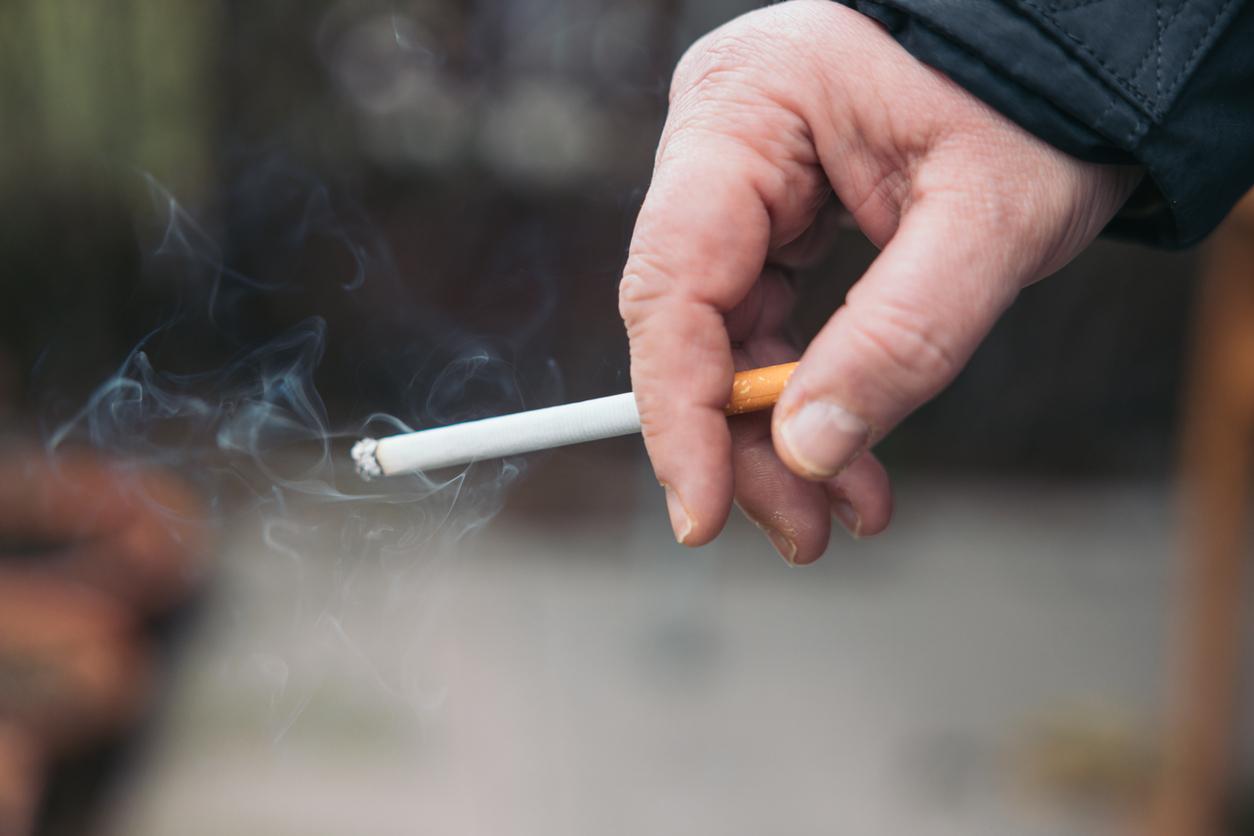The Addiction Federation publishes a manual to guide professionals who see young smokers. Objective: to curb consumption among this population.

What to say to a young person who smokes, who wants to smoke, who is trying to quit or is thinking about cutting down? How to address this population which grew up in an environment saturated with tobacco, this generation of which it is said that it does not understand anything when it comes to its health? The answers to these questions can be found centralized in a “kit” produced by Fédération Addiction, presented this Tuesday to the press.
In a manual of around one hundred pages funded by the National Cancer Institute (INCa), the association provides advice for health professionals, whether or not specialized in addiction, to guide these young people exposed to smoking.
” We’ll see later “
“There is around tobacco a kind of right to continue, a reflex that wants us to say to ourselves: ‘we’ll see later,’ explains Jean-Pierre Couteron, president of Federation Addiction. Cannabis is seen as a product that prevents people from passing the ferry; alcohol, as a substance liable to cause accidents. Parents and professionals are focused on these products and tend to make tobacco a secondary priority ”.
In France, 26% of 16-year-olds have smoked in the last twelve days, according to the results of the latest ESPAD survey. Health professionals have a key role to play in curbing this consumption, but the means to achieve this are often complex.
“To forge the therapeutic alliance, some professionals continue to smoke a cigarette with the young person. Like a kind of traditional convivial moment, ”explains Jean-Pierre Couteron. A harmful habit, however, when it comes to delivering a preventive message to the young person in question. The manual is therefore intended to provide a sort of guide to good practices, a methodology proven in the field.
“Don’t break it”
From there to saying that a psychorigid and moralizing discourse is essential, there is only one step not to be taken. When it comes to smoking, there is a risk reduction process, including if it is undertaken by a young person. Thus, many teenage smokers try to limit the risks and the harm associated with their consumption – by reducing the number of cigarettes, by delaying the first of the day, but also by looking for other less toxic modes of consumption.
“Vaping, for example, is part of this risk reduction research,” emphasizes Jean-Pierre Couteron. Any young person who engages in such an approach must be accompanied, advised, informed, but above all not broken. We must tell him that this is the right direction, help him to go even further. Explain that it is insufficient and unnecessary, it is counterproductive ”.
Thus, it is better to provide targeted information to these young people so that they appropriate responsible behavior and commit themselves, in their own way, in the right direction – or in the least worse. “Young people are able to do harm reduction. They do it with their beliefs, with hacked means ”. Sometimes they are wrong. They think that a “light” is less harmful than a classic cigarette, that a shisha is more like a candy to smoke than a tobacco product. It is on this type of false knowledge that we must play.
” Manly boys, liberated girls “
It is also on its environment that it is necessary to make young people think. On the marketing strategies of the tobacco industry; on the social diktat of smoking, particularly significant among young people, which should not be brushed aside with the back of the hand.
“Cigarettes allow you to position yourself socially, like a virile boy, a liberated girl,” notes Jean-Pierre Couteron. Earlier, I had a consultation with a young man who had tremolos in his voice when he spoke to me about cannabis. If I had explained to him that it was a stupid and absurd sight, he would have run away. You have to be understanding of the representations that young people develop with the products ”.
Young, then, but not as carefree as we want to describe them. The Federation Addiction “kit” also contains a brochure for young people (“Et le tabac, t’en es quoi?”), As well as a poster to hang in the appropriate places (CJC, school infirmary, etc.). Objective: to arouse in them a questioning about their consumption, and, possibly, to take them on the path of the Young Consumers Consultations, these dedicated spaces where specialists teach young people the art of taking responsibility for products.
.















